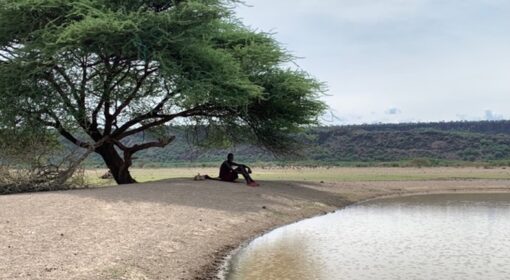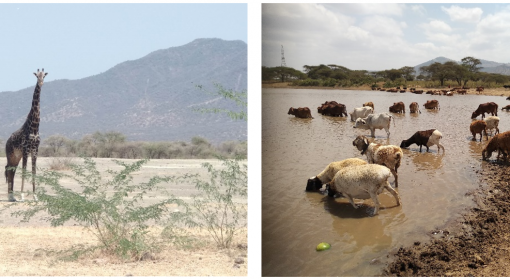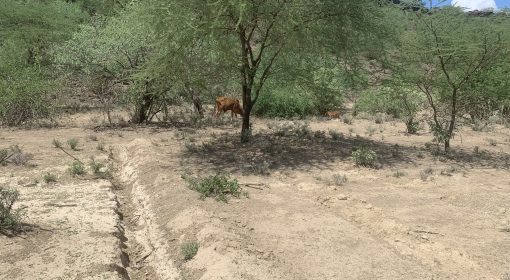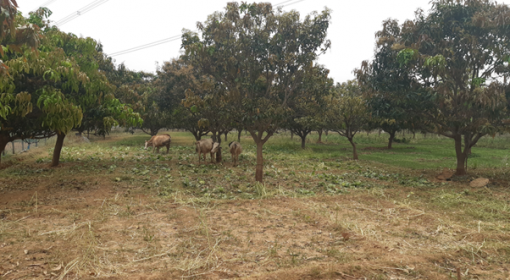Drought and dry season grazing management strategies of Maasai herders
By Esmee Mulder, MetaMeta
The key to rangeland sustainability? Collaborate and move. In the northern rangelands of Tanzania and the southern rangelands of Kenya, Maasai elders and herders share their intergenerational strategies on how to successfully manage their herd and the rangelands. When driving around the vast savannah, an uninformed observer would not know that every patch of square meter has a purpose, has a use. For indigenous community members, every patch has invisible and yet well-known borders and protocols when it comes to land management practices, rules, and regulations. Every part of the rangeland is reserved for its own time and purpose, and carefully supervised by designated leaders. The diverse purposes of the different areas are carefully determined by key factors, like seasonality, restoration, and animal nutrition. Additionally, resources in the highlands versus the lowlands have created an interdependence between the inhabitants on the lush slopes of the mountain, and the ones in the salt-rich plains at the foot. An uninformed visitor would not know…
“We should listen to the people who do the conservation [referring to the Maasai], not the neo-conservationists [referring to international conservationist and colleagues]. They don’t even have rabbits in their home anymore. […] It is us who need to tell our own story.” – Ben R. Ole Koissaba, ICAN Conference, Naivasha, June 2022.
More and more critical voices are being heard from indigenous groups around the world about the need to include their knowledge, experience, and voice, when it comes to rangeland management, decision making on what will be protected area, and what will happen with the resources which they depend on to sustain their livelihood. In this blog I would like to shine light on some of this multigenerational knowledge. This knowledge has been shared by herders and elders from a community located between the highest mountain of Africa, Mount Kilimanjaro, and two other mountains which stick out in the relatively flat landscape, Mount Meru and Mount Longido. The area where they live is in Tanzania just on the other side of the border from the famous Kenyan Amboseli National Park. This area is called Sinya.
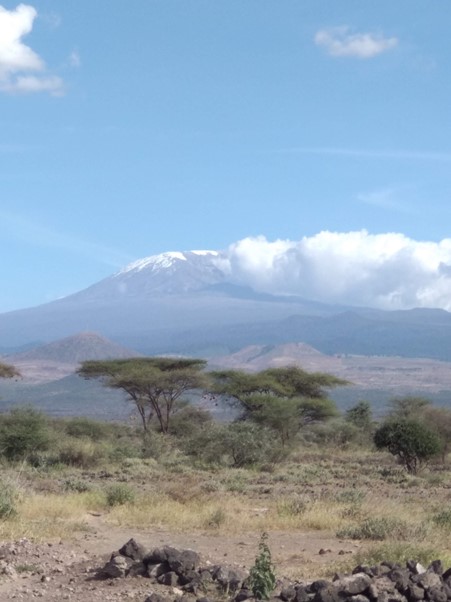
In times of drought (alamai as it is called in Maa, the language of the Maasai), or “when the sun burns the earth” as a Maasai elder from Sinya poetically puts it, the Maasai herders and their livestock do not sit still. Using century-old systems of reciprocity, intermarital relations and family bonds, herd owners ask their connections permission to graze in areas where the rains have reached. The patchy rainfall patterns in this semi-arid area do not allow consistent grazing in one spot. Moving around is essential. But how do you know where there is grass and where there is none? You use your phone of course and call people in your social network. New technologies have thus really strengthened the already existing strategies and made it easier to collect information daily from many areas. However, a young herder is still sent ahead to scout the area and make sure the long trek with the livestock is indeed worth it.
Fortunately, it is not always necessary to go too far away. For the usual dry seasons, the community members have another strategy. They reserve specific patches of land for dry season grazing only. It is a pastoralist equivalent of ‘crop rotation’. By grazing around the areas close to home in the rainy season, the livestock is always around and the family can enjoy a nutritious diet with abundant milk. When these grasses have run out, other areas can be used. These areas are carefully selected to ensure there is an abundance of the right species at this time. As the Maasai are sharing the land with wildlife, these co-grazers must be taken into account too. Therefore, the dry season areas are often selected so that some parts are far enough from water points, to ensure that wildlife has also left the area alone for most of the wet season.
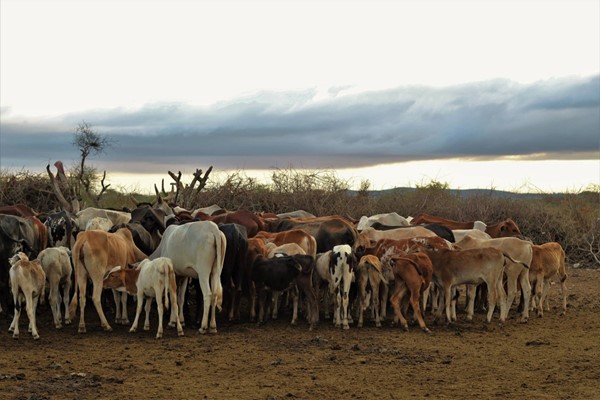
But there is more to consider. For example, not every animal in a herd eats the same plants or the same part of a plant. Additionally, some grasses are only palatable in certain seasons due to poisonous properties that become unharmful once the grasses have dried and turned yellow. Besides vegetation, minerals also play an important role in a healthy diet for livestock. The location, as well as the nutritional and seasonal properties are taken into account when deciding which areas to designate as dry season grazing areas, and also when deciding where to take your livestock on what day. Opening up the dry season area is a formal process though, and can only be done by the traditional leaders. These days the traditional leaders make this decision in collaboration with elected village leaders as well.
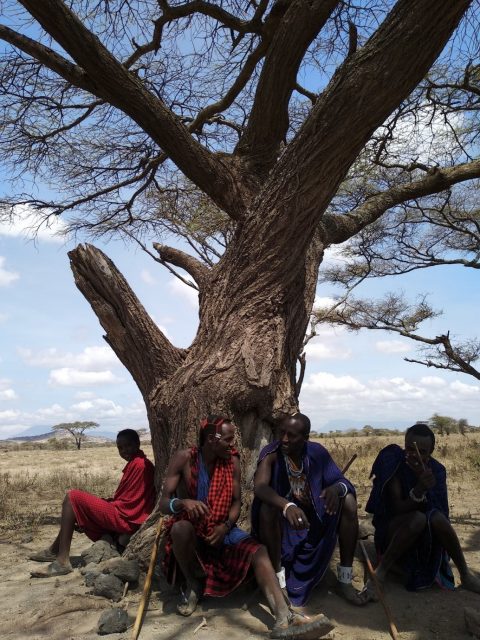
Pastoralism is a livelihood filled with uncertainties. When will the rains come? Where will it rain? Where will the grasses be nutritious and abundant and for how long? Where will water be available and till when? Besides these uncertainties, changes in the landscape are adding an additional layer to the complexity of the pastoral livelihood and decision making, such as land privatization (especially in Kenya), increasing conservation areas restricting livestock grazing, and more intense and more frequent droughts due to climate change. Though many families are adapting through livelihood diversification and by buying livestock feed in challenging times, one strategy continues to form the key to sustainability: mobility. And though the changes in land management and ownership challenge these strategies more than at any point in known history, it is still one of the most significant strategies for survival.
“In June [2009] people started moving with their livestock. In August no one remained. Those who did, their livestock died.” – Maasai elder from Sinya, Tanzania
Therefore, ongoing land fragmentation and displacements must end if we want to maintain sustainable land use. Additionally, Maasai voices and knowledge needs to be re-centered in the discussions, planning and policies.
“In the last drought our livestock moved further than ever. […] We used trains to transport livestock. […] We went almost to Mombasa from Maji Moto [Narok County, Kenya, over 600km]. […] Interestingly, instead of settling down we move further. […] Mobility is at the heart of pastoralism.” – Stanley Kimaren Ole Riamit, ICAN Conference, Naivasha, June 2022
